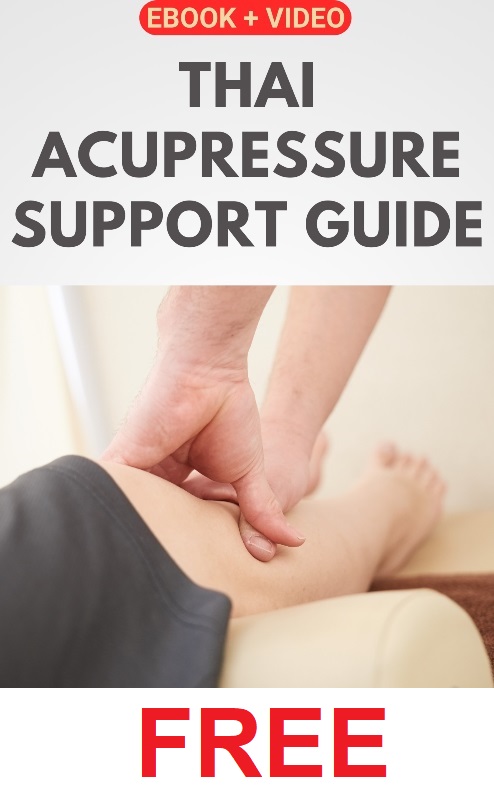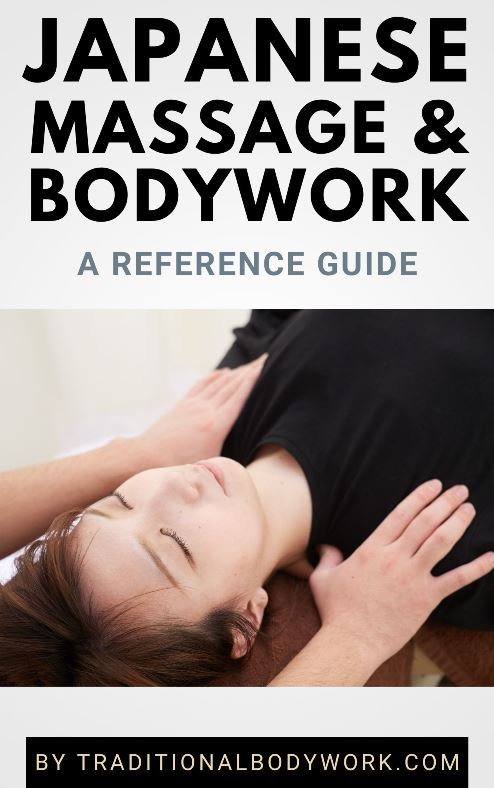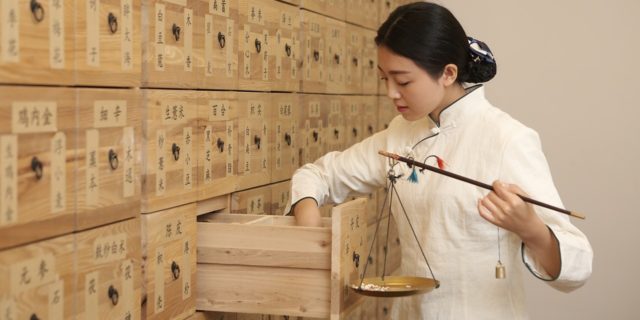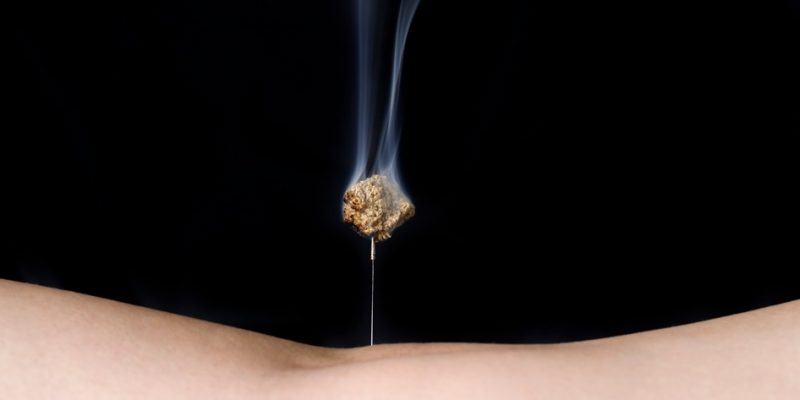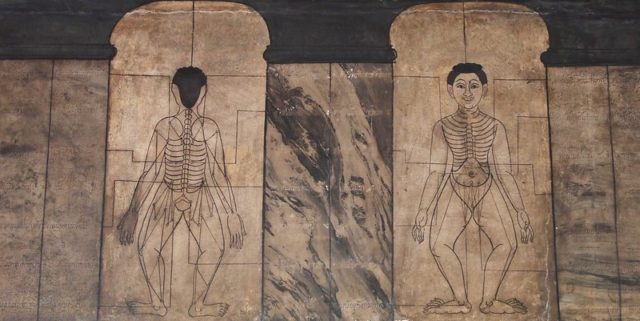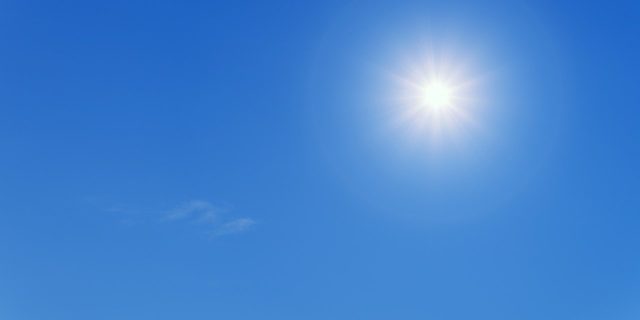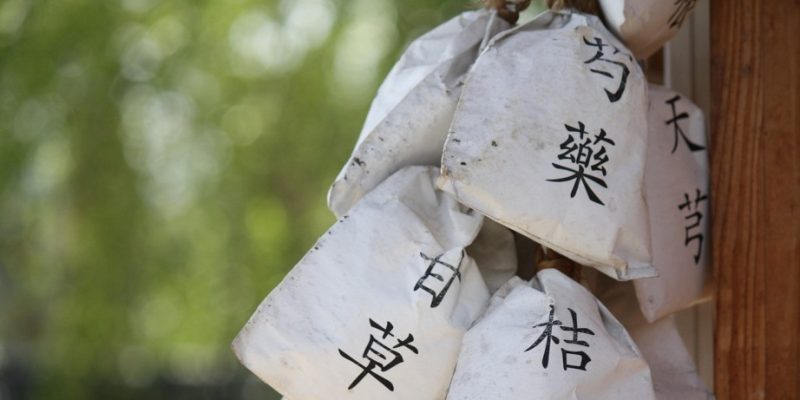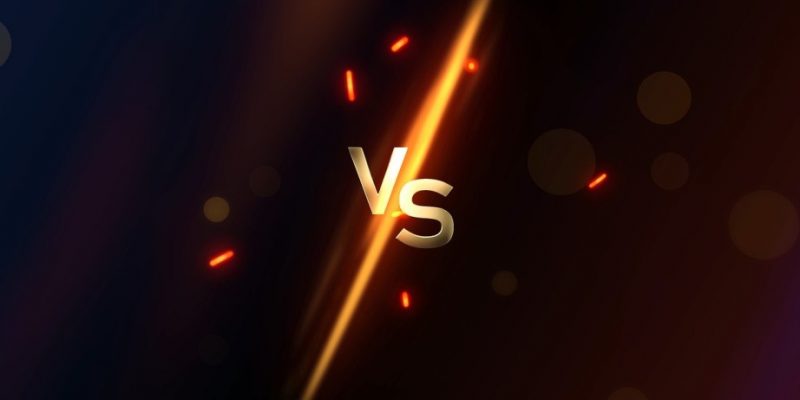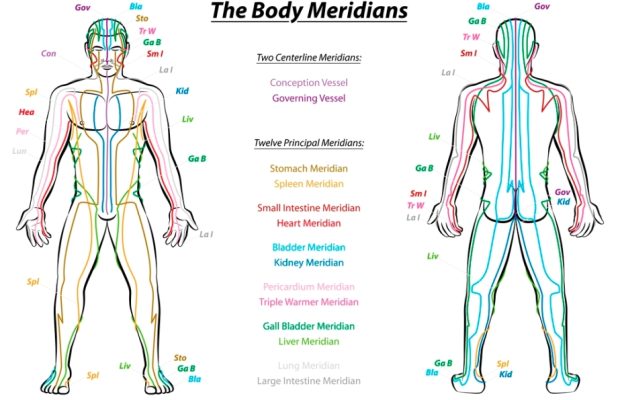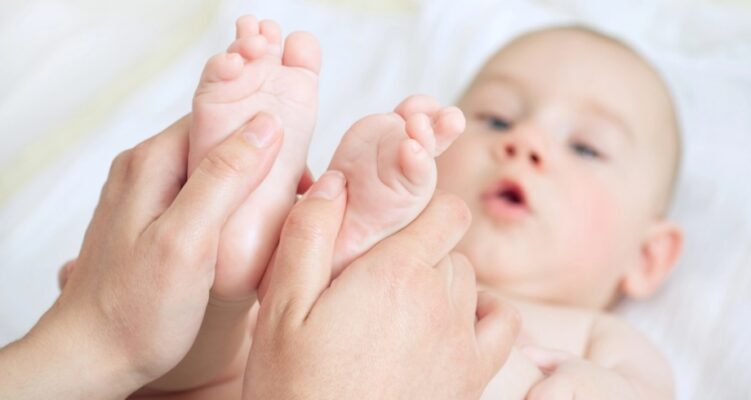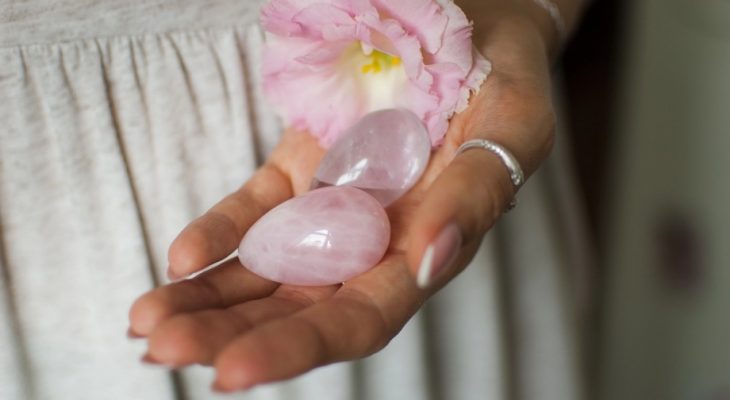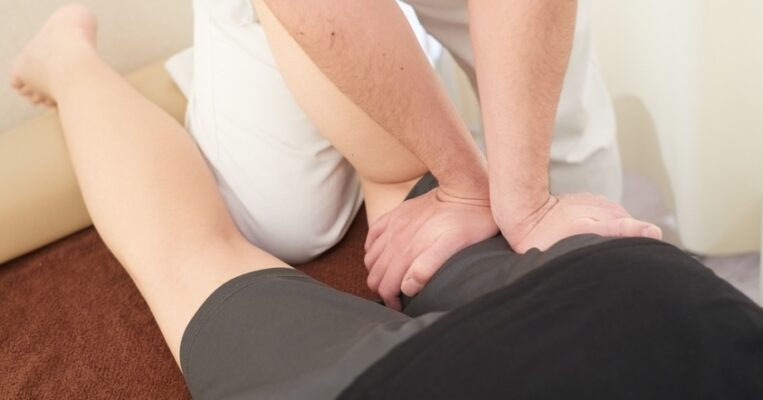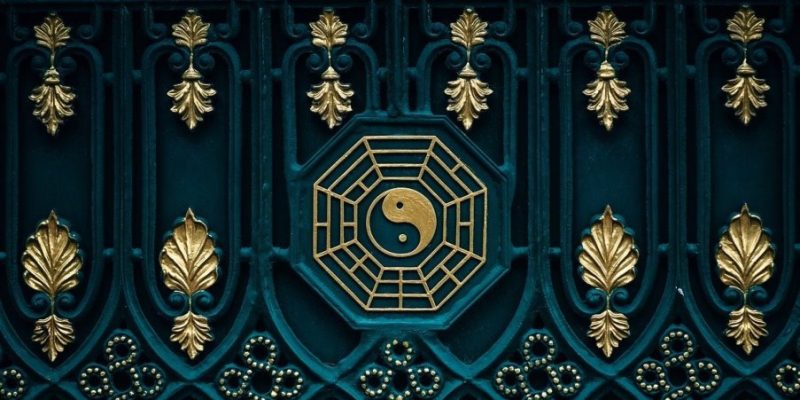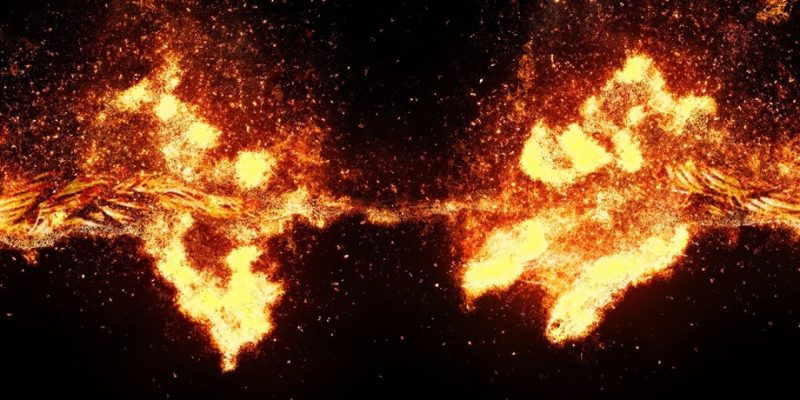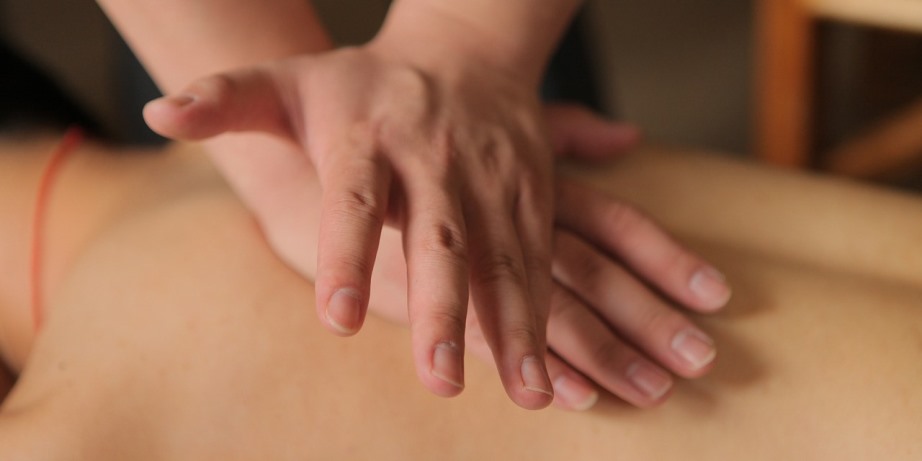
Chinese Massage is an umbrella name for a range of massage therapies practiced within Traditional Chinese Medicine (TCM). Massage therapy in China is one of the essential treatment modalities of TCM, together with dietary treatments, herbal medicine, acupuncture, moxibustion, and other physical therapy and meditative exercises.
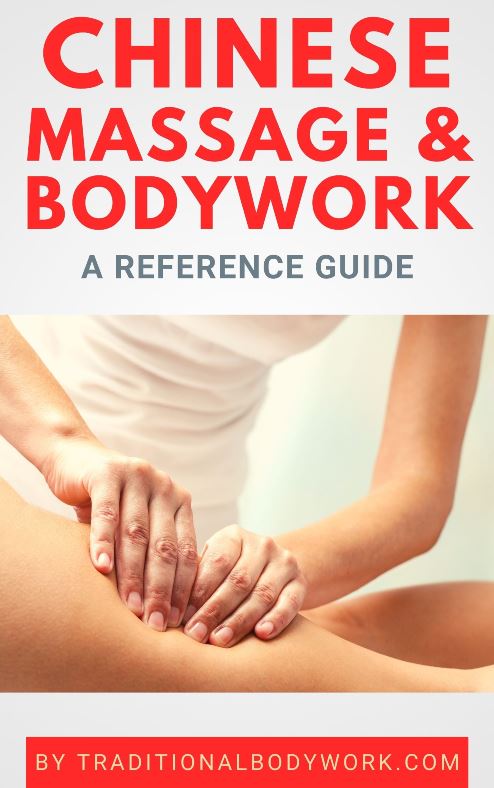
Massage treatments in China developed alongside other modalities, and written massage treatment curricula go back as early as the fourth century BC. Chinese massages, like other TCM modalities, are based on the principles of the meridians, acupoints, Yin Yang balance, and the free flow of Qi Vital Energy.
One of the characteristics of Chinese massages is that they are generally not intended for pampering or relaxation. TCM massages are most commonly deep tissue massage therapies that aim at maintaining or restoring health.
Another key concept of massage treatments in China is the holistic approach: massage is understood to influence the patient’s entire being, not only the physical body.
Below you´ll find an overview and short descriptions of the most commonly applied Chinese massages. If you’d like to know more about an individual massage modality, just follow the links in the distinct paragraphs.
Table of contents:
Types of Chinese Massage Treatments
An Mo
An Mo Massage, which roughly translates as press-rub-knead, is the predecessor of Chinese Tuina Massage. The label Anmo was the usual designation for massage therapy in China before the name Tuina became common during the Ming dynasty (1368 CE – 1644 CE).
Cupping
Cupping Massage or Cupping Therapy is applied by creating local suction on the skin. Little cups of made of glass, bamboo, bronze, buffalo horn, copper, or even plastic nowadays, are placed on the skin to create a vacuum by which the skin and upper muscle layers are pulled up.
The overall idea behind cupping is that it stimulates blood and lymph circulation in order to alleviate colds, treat respiratory diseases, like pneumonia and bronchitis, treat skin-issues, stimulate the immune and nervous system, loosen up muscle knots, and relieve a variety of pains.
Dao Liao
Dao Liao, also called Chinese Knife Massage or Knife Therapy, full body Chinese massage treatment modality done with (the blade of) butcher’s knives. The massage is applied by “chopping” alternatively with two steel (blunt) knives on the whole body to re-balance Yin and Yang aspects, while also targeting Qi pressure points.
Dian Xue
Dian Xue Massage is a full body massage treatment completely based on applying acupressure and it uses the same acupressure points (acupoints) as in acupuncture.
Dit Da
Dit Da (Bone Setting), also called Die Da or Tir Tar, is about bone and joint manipulations. The therapy includes massage, herbal medicine, setting or reducing joint dislocations, setting or re-setting bone fractures, and treating other traumas and injuries such as sprains and bruises.
Foot Massage & Reflexology
Chinese Foot Massage & Reflexology embraces the concept that certain pressure points on our body, notably points on our ears, feet and hands, are able to influence the healthy functioning of related organs.
These points are called acupoints or acupressure points and in TCM they are usually accessed and manipulated through massage, acupressure or acupuncture.
Gua Sha
The Guasha treatment consists of scraping the skin, which is done with an oil and a blunt scraping tool often made of a polished stone of jade, rose quartz or marble. The scraped skin usually becomes red with stripes, but it’s believed that the treatment detoxifies the body by releasing unhealthy matter, while stimulating fresh blood and Qi Life Energy to flow to the scraped areas promoting cell rejuvenation, recovery and healing.
Qi Healing
Qi Healing Massage is a general term for balancing Qi in the body, removing blockages in the meridians, and focusing or redirecting Qi to bodily areas that need it.
Different types of TCM treatments can accomplish this in different ways: herbal medicine, Tui Na Massage, acupuncture, Qigong, Moxibustion, and Cupping Massage, to name some well-known TCM treatments, are all aimed at Qi Healing, among other goals.
Tuina
Tuina Massage (Tui Na) is foremost a therapeutic massage modality and one of the most commonly used massage treatments in TCM. It’s overall goal is to promote health and to treat a broad range of clinical health conditions.
Xiao Er Tui Na
Xiao Er Tui Na Massage is a Pediatric Tuina massage therapy intended to stimulate certain acupuncture points or areas to treat or prevent pediatric diseases in children. Additionally it’s also aimed at helping to stimulate children’s growth and brain development and strengthening the immune system.
Zhi Ya
Zhi Ya Massage, like Dian Xue, is a form of Chinese therapeutic massage based on acupressure. It shows many similarities with Tuina, but has more focus on manipulating acupressure points.
General Benefits of Chinese Massages
- Promotes healing of injuries and bruises;
- Stimulates blood circulation;
- Stimulates the lymphatic system and detoxification;
- Regulates the nervous system;
- Removes or diminishes scar tissue;
- Alleviates emotional distress;
- Cures health problems that affect the internal organs;
- Increases joint and muscle flexibility;
- Heals musculoskeletal problems;
- Improves overall posture;
- Alleviates or heals chronic pains;
- Maintains or promotes general wellness;
- Improves athletic performance;
- Strengthens the body’s immune system;
- Promotes mental balance and clarity of mind.
General Session Characteristics
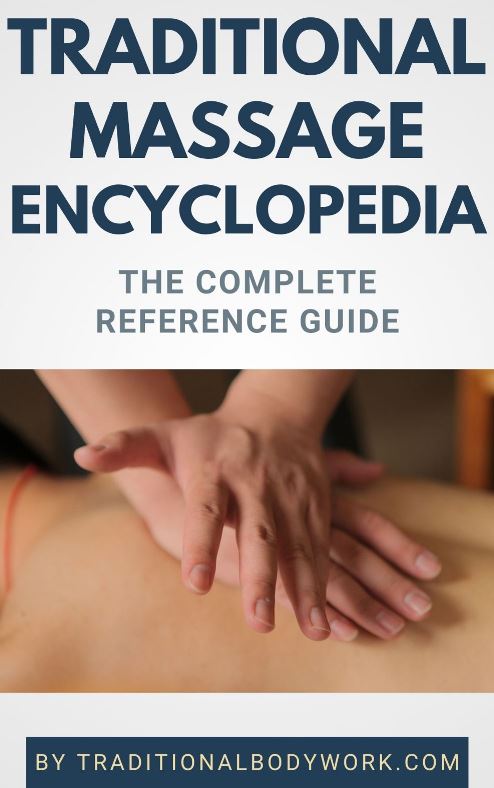
Chinese Massage therapists may apply a variety of techniques, usually done with the hands, fingers, elbows and forearms, but the knees and bare feet may be used also. Think of techniques such as pressure and compression, acupressure, knuckle-rolls, squeezing, kneading, rubbing, digging, dragging, plucking, tweaking, hammering, push and pulls, stretches, vibration, and knocking.
Massage treatments are usually given while the patient lies on his or her side on a couch or massage table, or is seated on a chair or stool. Typically, the patient wears comfortable thin cotton clothing, but massage can also be given directly on the patient’s skin.
Generally, before a session, the therapist will inquire about the patient’s (medical) history, his or her complaints, living environment and life style, being part of the TCM diagnostics protocol (visual inspection, listening and smelling, inquiries and palpation).


